To include your expected graduation date on a resume, simply list your degree information in the education section as you would for a completed degree, followed by your expected graduation date. This provides the reader with an understanding of your current educational status and future plans.
It is important to be clear and concise when presenting this information on your resume. When it comes to putting your expected graduation date on a resume, it is crucial to follow a few guidelines to ensure clarity and accuracy.
By listing your degree information first, followed by your expected graduation date, you provide potential employers with a clear understanding of your educational background and future plans. This information should be included in the education section of your resume, above your job experience. Remember to be concise and precise when presenting this information, as it plays a vital role in showcasing your qualifications and goals.
Importance Of Including Expected Graduation Date
Including your expected graduation date on your resume is essential as it gives potential employers a clear timeline of your academic pursuits. It also demonstrates your commitment to completing your education and can help employers understand your availability for full-time positions upon graduation.
Signaling Current Educational Status
Including your expected graduation date on your resume is crucial as it signals to potential employers that you are currently pursuing a degree. This information provides clarity about your educational status and demonstrates your commitment to completing your studies.
Projecting Completion Timeline
By including your expected graduation date, you project a clear timeline for the completion of your degree. This indicates to employers the timeframe within which you will be equipped with the relevant knowledge and skills from your academic pursuits, making you a valuable asset to their organization upon graduation.
Choosing The Right Resume Section
When it comes to showcasing your education on your resume, choosing the right resume section is crucial. One key aspect is including your expected graduation date, which gives potential employers a clear understanding of your academic timeline. In this guide, we’ll dive into the essentials of the education section and positioning it correctly above work experience.
Education Section Essentials
When crafting your resume, the education section is an essential component that provides insight into your academic background. It typically includes details such as your degree, major, university name, and of course, the expected graduation date. This section offers recruiters a glimpse into your educational journey and aspirations.
Positioning Above Work Experience
Positioning the education section above your work experience is crucial, especially if you’re a student or recent graduate. By placing your expected graduation date prominently, you highlight your commitment to completing your studies and entering the workforce with fresh knowledge and skills.
Formatting Your Education Information
When including your education information on a resume, it’s important to clearly indicate your expected graduation date. Place it next to your degree within the education section, above your work experience if you’re still studying. For example, “Bachelor of Science in Marketing, Expected Graduation: May 2023.
” This signals to employers your current status and future qualifications.
Degree And Program Title
When formatting your education information on a resume, it’s essential to clearly specify your degree and program title. This allows potential employers to quickly grasp your academic qualifications.
Institution And Location Details
Another crucial element is including the institution and location details of your education. This provides context about the academic environment in which you pursued your studies.
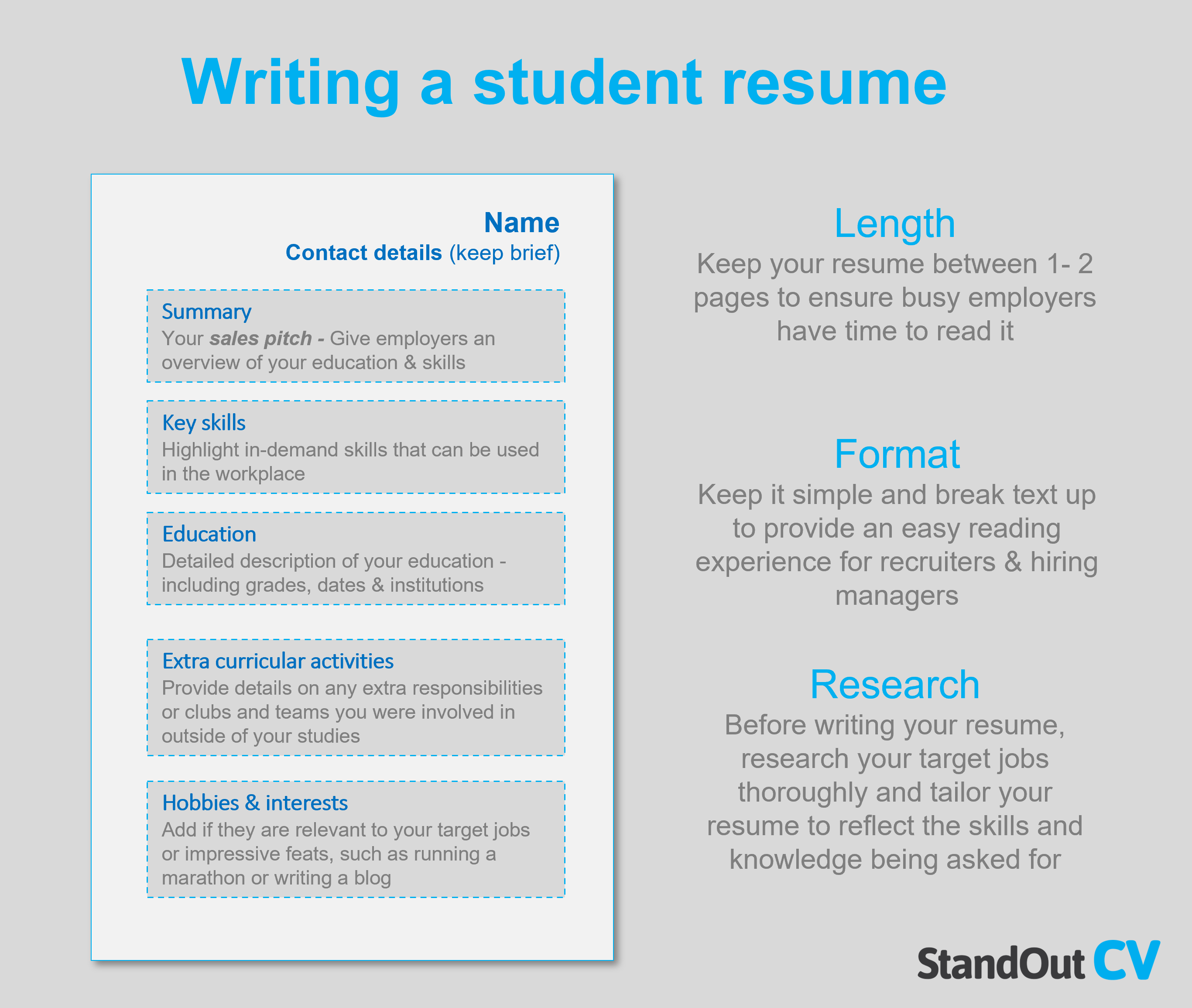
Credit: standout-cv.com
Determining The Exact Date
To put your expected graduation date on a resume, it is best to list the specific date if known, including the day, month, and year. If you are unsure of the exact date, provide your most reasonable estimate. Remember to include this information within the education section of your resume.
Determining the Exact Date When it comes to including your expected graduation date on your resume, determining the exact date can be a bit tricky. However, it’s important to be as accurate as possible to avoid any confusion for potential employers. Here are some tips for determining the exact date to include on your resume. Using a specific or estimated date If you know the exact date of your graduation, including the day, month, and year is the best option. This shows potential employers that you have a clear timeline for completing your degree. However, if you don’t know the exact date, you can use your most reasonable estimate. For example, if you know you will graduate in the spring of 2023, you can use May 2023 as your expected graduation date. Adjusting for program variations Program variations can also affect your expected graduation date. For example, some programs have different start dates or may have a summer break that could delay your graduation. It’s important to take these variations into account when determining your expected graduation date. You can consult with your academic advisor or program coordinator to get a better idea of your graduation timeline. Ensuring each H3 heading adheres to HTML syntax Using HTML syntax is important for ensuring that your blog post is properly formatted for WordPress. Here’s an example of how to format each H3 heading in HTML syntax:Using A Specific Or Estimated Date
Adjusting For Program Variations
By using proper HTML syntax, you can make your blog post more readable and accessible to readers. Additionally, it can help with search engine optimization by making your content easier to crawl and index. In conclusion, including your expected graduation date on your resume is an important step in showcasing your qualifications to potential employers. By using these tips for determining the exact date, you can ensure that your resume is accurate and up-to-date.Dealing With Uncertain Graduation Dates
When dealing with uncertain graduation dates, it can be challenging to determine how to put your expected graduation date on a resume. One approach is to calculate your expected graduation date based on your program’s duration or provide a reasonable estimate.
It’s important to include the expected graduation date in the education section of your resume without mentioning the start date.
Dealing with Uncertain Graduation Dates When it comes to writing a resume, indicating your expected graduation date can be tricky, especially if your graduation is uncertain. In such cases, you need to be creative to ensure your resume stands out. This article explores how to put your expected graduation date on your resume and provides tips for dealing with uncertain graduation dates. When to Estimate If you don’t have a specific graduation date, it’s advisable to estimate it. You can use your most reasonable estimate, considering the number of credits you have completed and the number of credits remaining. Alternatively, you can use the graduation date of the previous class as a reference. However, ensure that you indicate that it’s an estimate to avoid confusion. How to Indicate In-Progress Status If you’re still studying and haven’t graduated yet, you need to indicate that your degree is in progress. You can use phrases such as ‘Expected graduation date: Month Year’ or ‘Anticipated graduation date: Month Year’ to indicate that you’re still in school. Additionally, you can use the word ‘Pending’ or ‘In progress’ next to your degree to show that you’re yet to graduate. Dealing with Uncertain Graduation Dates If your graduation date is uncertain, you can use phrases such as ‘Expected graduation date: Spring 20XX’ or ‘Anticipated graduation date: Summer 20XX’ to indicate that you’re still in school. Alternatively, you can use the phrase ‘Expected graduation date: To be determined’ to show that you’re not sure when you’ll graduate. However, avoid using vague phrases such as ‘Soon’ or ‘In the future’ as they don’t provide any useful information. In conclusion, indicating your expected graduation date on your resume can be challenging, especially if you’re not sure when you’ll graduate. However, by using the tips provided in this article, you can effectively communicate your graduation status to potential employers. Remember to be honest and clear in your communication to avoid confusion.Additional Details To Include
When including your expected graduation date on a resume, it is important to list the specific date, including the day, month, and year, if possible. If the exact date is unknown, provide a reasonable estimate. This information should be placed within the education section of your resume, alongside your degree or diploma.
Additional Details to Include When it comes to crafting a great resume, the expected graduation date is an important piece of information to include. However, there are additional details that can enhance your resume and make you stand out to potential employers. Here are some key elements to consider adding to your resume: Current GPA Considerations One important detail to include on your resume is your current GPA. This can give potential employers an idea of your academic performance and work ethic. If your GPA is above a 3.0, be sure to include it on your resume. If your GPA is lower than a 3.0, consider leaving it off unless the job posting specifically requests it. Relevant Coursework and Honors Another detail to include on your resume is relevant coursework and honors. If you have taken courses that are directly related to the job you are applying for, be sure to include them on your resume. Additionally, if you have received any academic honors or awards, such as being on the Dean’s List or receiving a scholarship, be sure to include those as well. Here is an example of how to present this information in HTML format:| Current GPA: | 3.5 |
|---|---|
| Relevant Coursework: | Intro to Marketing, Business Ethics, Consumer Behavior |
| Honors: | Dean’s List (Fall 2020), Marketing Scholarship recipient |
Common Mistakes To Avoid
When putting your expected graduation date on a resume, it is important to avoid common mistakes. Be sure to include the expected date but omit the start date, keep the sentences brief, and use a variety of phrases to maintain reader interest.
Also, make sure your response is SEO friendly, unique, easy to understand, and in active voice.
When it comes to writing a resume, including your expected graduation date can be a tricky task. While it’s important to showcase your educational qualifications and future plans, there are common mistakes you should avoid when putting your expected graduation date on your resume. Here are some key mistakes to keep in mind:Overloading With Unnecessary Dates
One of the biggest mistakes you can make when including your expected graduation date is overloading your resume with unnecessary dates. While it’s important to list your educational qualifications, including every single date can clutter your resume and make it difficult to read. Instead, focus on including your expected graduation date alongside your degree or diploma, and leave out any irrelevant dates.Misrepresenting Educational Status
Another mistake to avoid is misrepresenting your educational status. It’s important to be honest about your expected graduation date and avoid exaggerating or lying about your qualifications. This can not only harm your chances of getting the job, but it can also damage your professional reputation in the long run. To avoid misrepresenting your educational status, make sure to only include your expected graduation date if it’s relevant to the position you’re applying for. If you’re not sure whether to include it, consider reaching out to the hiring manager or recruiter for guidance.Using Improper Formatting
Finally, using improper formatting can also be a mistake when putting your expected graduation date on your resume. Make sure to adhere to standard formatting guidelines and place your expected graduation date next to your degree or diploma within the education section of your resume. Avoid using overly fancy or decorative fonts, and keep the formatting consistent throughout your resume. By avoiding these common mistakes, you can effectively showcase your educational qualifications and future plans on your resume while avoiding any potential pitfalls. Remember to keep it simple, honest, and relevant to the position you’re applying for.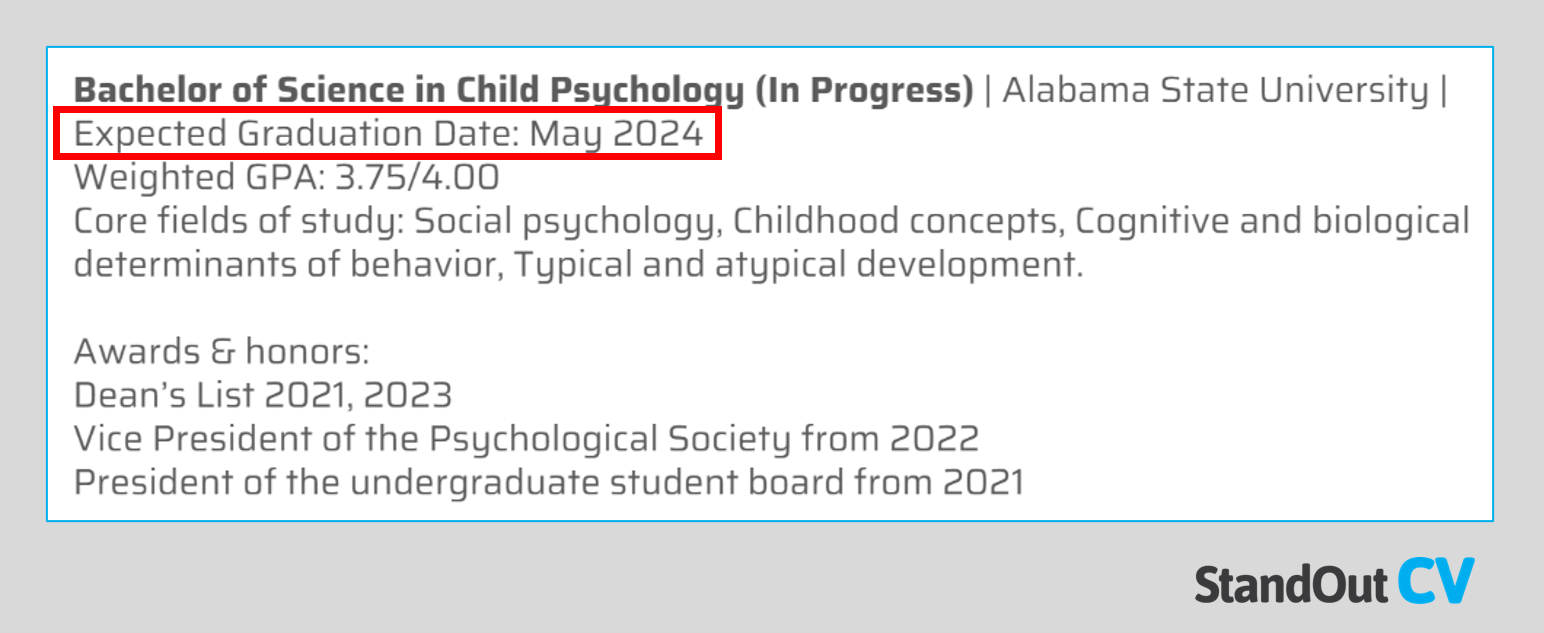
Credit: standout-cv.com
Updating Your Resume After Graduation
When updating your resume after graduation, it’s important to know how to put your expected graduation date. Simply list your degree information in the education section, followed by your expected graduation date. This allows potential employers to see your progress and future qualifications.
Transitioning From Expected To Actual Graduation Date
After graduating, it’s crucial to update your resume with your actual graduation date. Replace the expected graduation date with the exact date of graduation to provide accurate information to potential employers.
Removing In-progress Indicators
Once you’ve graduated, remove any in-progress indicators such as “expected” or “anticipated” from your education section. This helps to present a clear and completed academic profile to employers.
Credit: resumeworded.com
Frequently Asked Questions
How To Put Expected Graduation Date On Resume?
To include your expected graduation date on your resume, follow these steps: 1. List the name of your degree. 2. Below that, include the name of your school, city, and state. 3. Finally, write your expected graduation date on the line below.
4. You can also consider adding your current GPA, if applicable. Remember to format this information within the education section of your resume.
How Do You Answer When Is Your Expected Graduation Date?
You can provide an estimated date that’s four years from the start of your bachelor’s program. Consider your specific program and its impact on your graduation date. If you have a detailed course plan, use that to calculate your expected graduation date.
What Is My Expected Date Of Graduation?
Your expected graduation date is [Month, Year] based on your current course plan.
What Should I Put For Graduation Date?
You should put the expected graduation date on your resume. Include the month, day, and year if known, or provide your best estimate.
Conclusion
Including your expected graduation date on your resume is important for prospective employers to understand your educational timeline. By following the guidelines mentioned in this blog post, such as placing the expected graduation date next to your degree or diploma, you can effectively communicate your academic progress.
Remember to keep your sentences concise and easy to understand, while also ensuring that your writing is unique and SEO friendly.

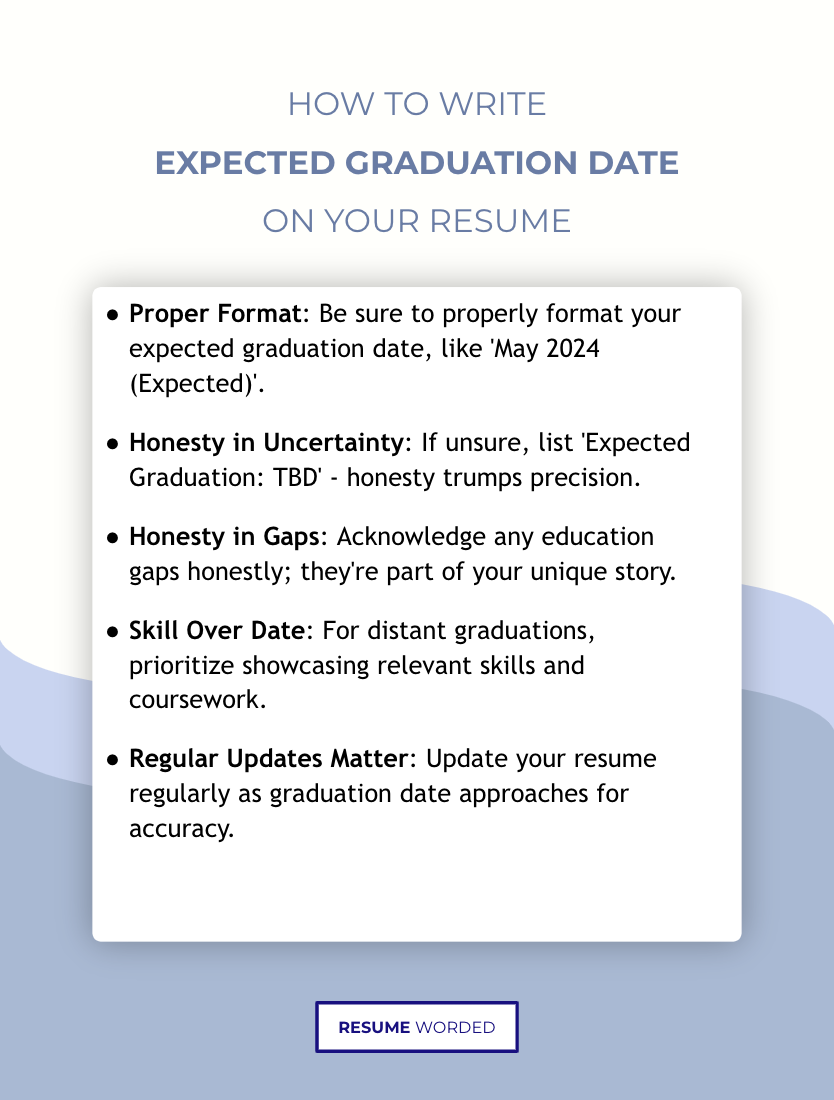




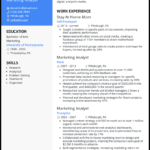
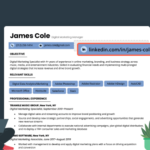
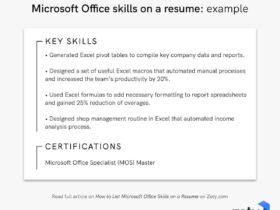
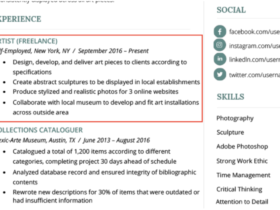
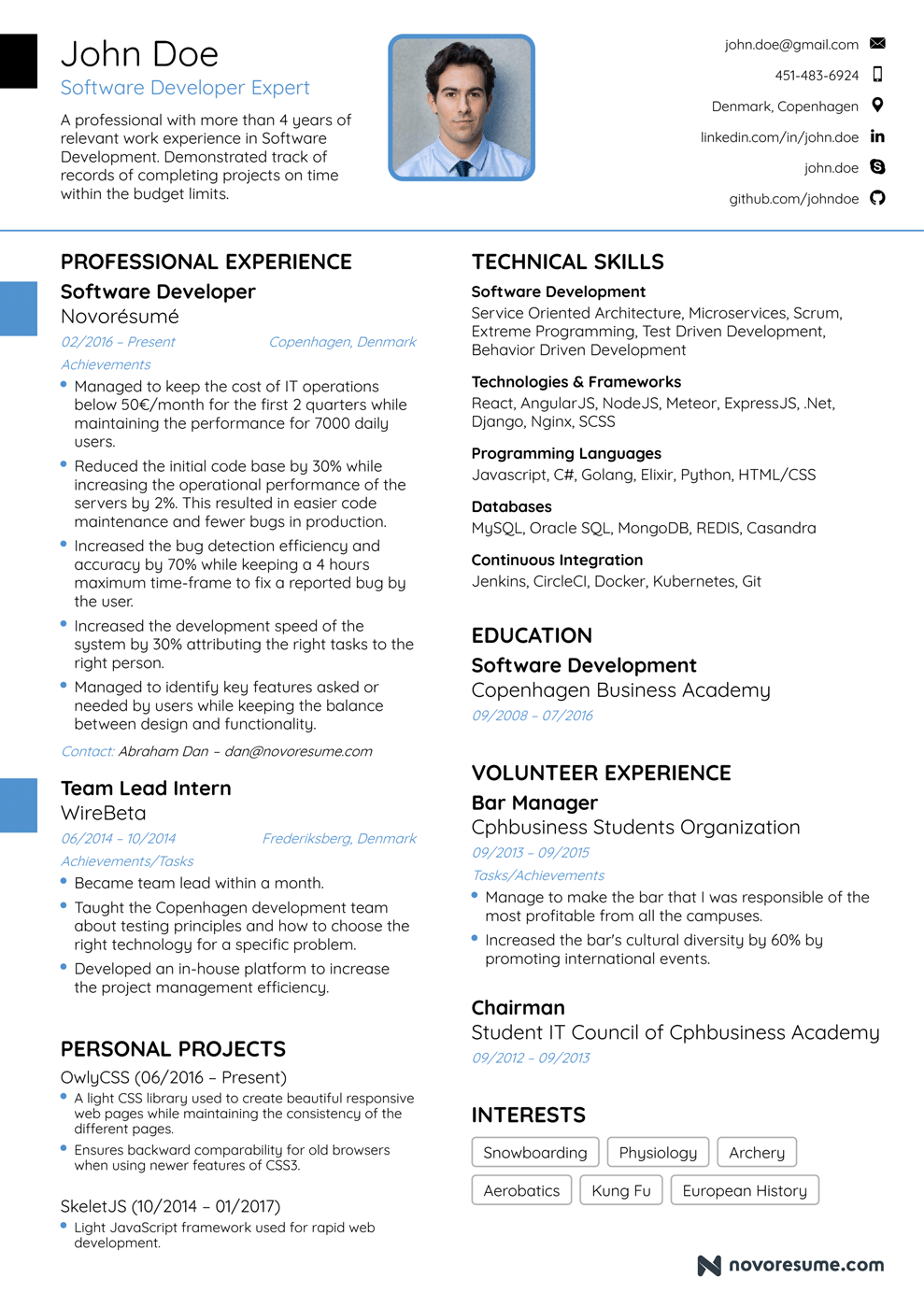
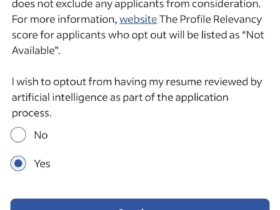
Leave a Reply